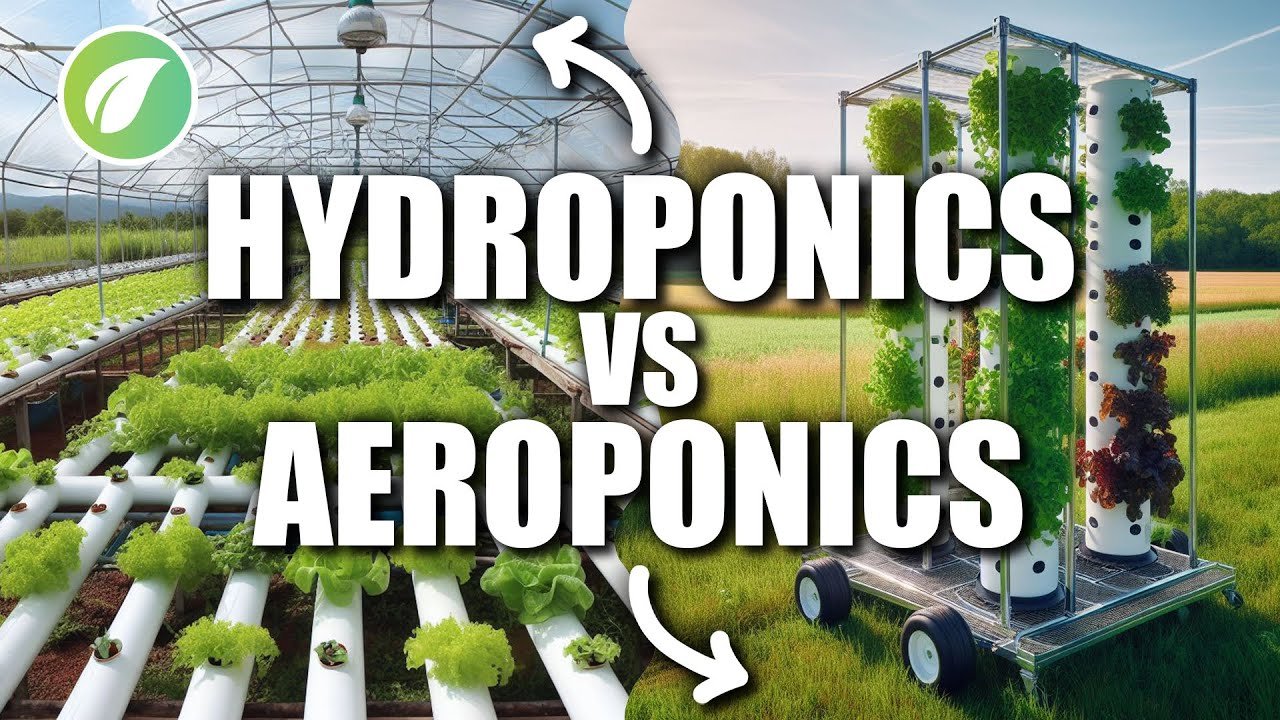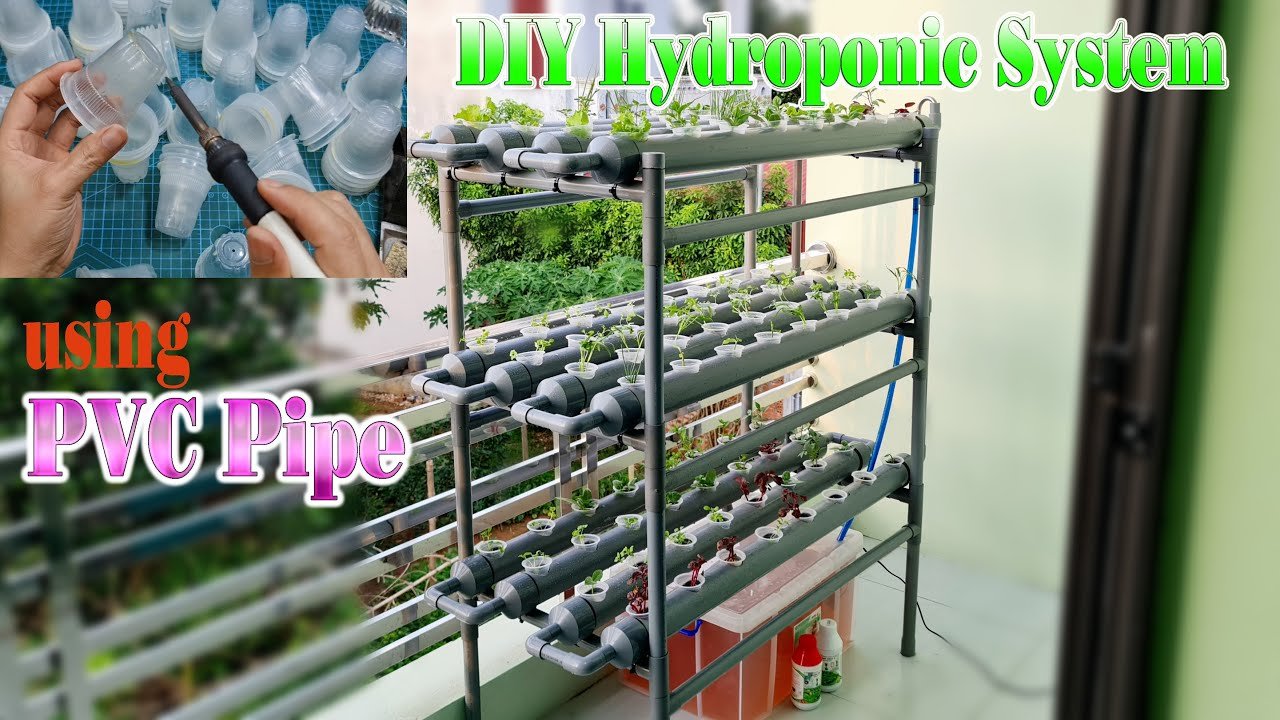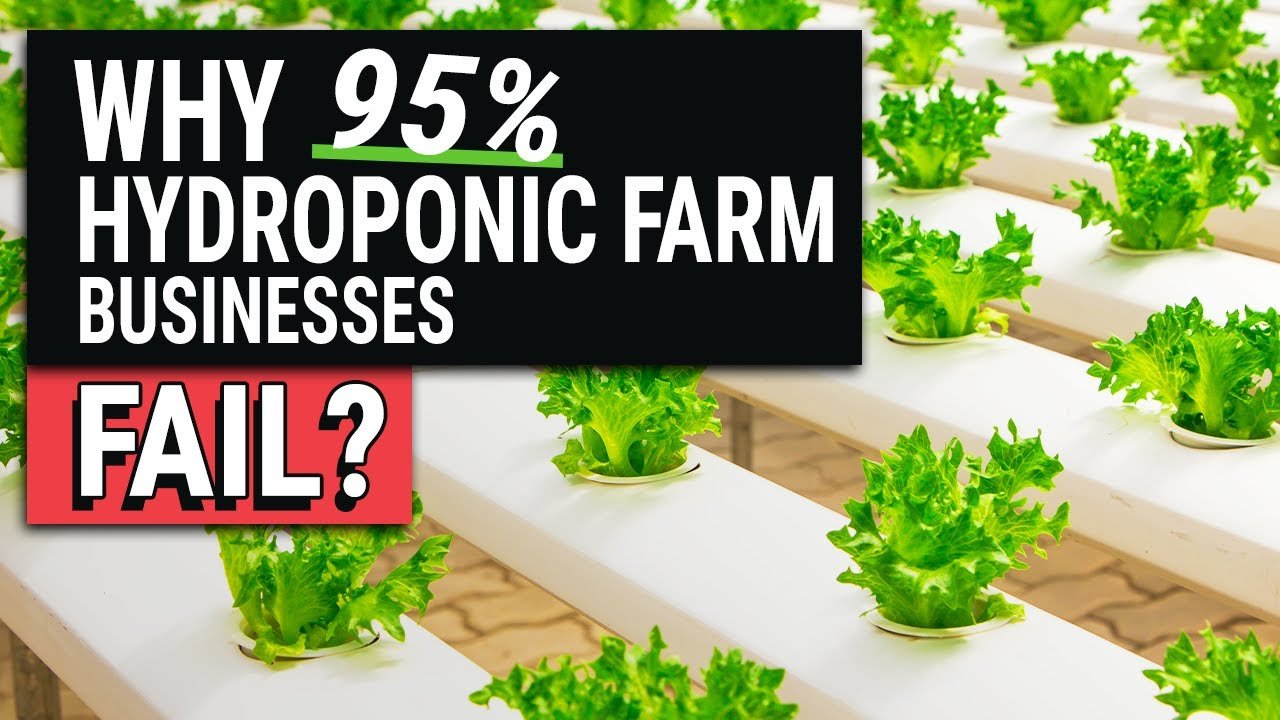A Year in My Backyard: The Hydroponics Adventure
Last summer, I stood on my back porch, coffee in hand, staring at the sad patch of lawn where my garden once thrived. I had high hopes—a little bit of compost, a shovel, and good ol’ American ingenuity were all I thought I needed to grow fresh herbs and veggies. But life had other plans, and those plans included a raccoon raid and a drought that turned my tomatoes into shriveled little soldiers. So, armed with YouTube videos and determination, I decided to take the plunge into the wild world of hydroponics.
Why Hydroponics?
What appealed to me was the idea of getting fresh food without the pesky weeds and unpredictable weather ruining my crops. And then I stumbled upon aquaponics—raising fish alongside my plants. The concept of a self-sustaining ecosystem intrigued me. I could grow vegetables and raise some tilapia or goldfish. Why not? I mean, how hard could it be?
The Fabric of Dreams
First, I had to figure out what I needed. I started rummaging through my shed, dragging out old PVC pipes leftover from a plumbing project I did years back. I found a half-dismantled rain barrel that looked like it was about to become an oversized plant pot. There was also that ancient aquarium that my daughter used to have for her three goldfish—now long gone. I thought, “Perfect! The fish can float around, and I’ll turn that barrel into a garden.”
I took a deep breath, my imagination soaring, piecing together a grand vision of vibrant plants and happy fish. I felt like a mad scientist in my little corner of the world, carefully sketching what I hoped would become my hydroponic paradise.
The Trials and Tribulations of Building
On a gray Saturday morning, I dove into construction mode. With a cheap tub of silicone sealant and a few power tools, I started assembling my system. When I say I started “assembling,” I really mean I went through my fair share of curses, slipped fingers, and a sudden realization that my hands were covered in sticky black goo. I almost threw my screwdriver across the yard when I finally lined everything up just right and realized I couldn’t remember why I had six elbow joints instead of four.
Eventually, I got it assembled. It wasn’t pretty, but it was functional (or at least I hoped it would be). I set everything up in an old corner of the yard that had seen better days, mixed my nutrients, and filled the rain barrel with water. As I dropped in the fish—a feisty bunch of tilapia I grabbed from the local feed store—I felt a rush of excitement.
But that joy was short-lived.
The Smell of Failure
About a week in, I noticed something peculiar. The water started smelling, well, not great. It was a foul, swampy kind of aroma that wafted through my backyard and could maybe even be classified as a biological hazard. When I opened the lid to check on my fish, I found the surface of the water looking more like green goo than a thriving aquatic ecosystem.
What was happening?
A frantic search through various forums told me I had an algae bloom on my hands. Apparently, the sunlight and nutrient levels had sparked a little microscopic party in my rain barrel. At that moment, I felt like giving up. Maybe I just wasn’t cut out for this grand hydroponics vision. The thought came creeping in: perhaps I was better off just making another trip to the grocery store.
The Dark Night of the Soul
I remember sitting there, staring into the murky water, fingers crossed that the tilapia hadn’t succumbed to whatever “the bloom” was. At that very moment, I had to address my mental block. The ‘what ifs’ began creeping in—What if I killed my fish? What if I couldn’t fix this?
But then I remembered why I started. There was a joy in trying, even if it was all going sideways. I rolled my sleeves up and went to work. After some Googling and Pinterest deep-diving, I learned I could fix the algae problem by adding an air pump and sprucing up the circulation system. A few bucks at the local hardware store later, and I was back in the game. The air pump turned that stagnant green goo into a bubbling wonderland.
A Sweet Comeback
Fast forward a few months, and I had turned it all around. The green goo was gone, replaced by the clear blue joy of thriving fish and the aroma of fresh basil wafting from the towers I built from leftover guttering. I grew everything from mint to kale. Just imagine: raising fish and picking fresh herbs without a worry in the world! I’ve even planted some flowers close by, adding a splash of color to my otherwise bare backyard.
One day, a neighbor stopped by for coffee and spotted my little garden of miracles. “You’ve really nailed it!” she said, her eyes wide as she admired the setup. Little did she know, it was once a swamp of despair.
The Gift of Growth
Now, as I sip my morning coffee and enjoy fish tacos with fresh salsa made from my homegrown tomatoes, I realize every messy moment, failed attempt, and pungent whiff had its purpose. If you’re thinking about diving into hydroponics, let me leave you with this: Don’t sweat it. Start where you are. Experiment, make mistakes, and just keep trying. You’ll find your way, quirks and all.
Ah, and if you want to learn more about getting started or hear about other DIY adventures, join the next session here. Trust me, the journey is what makes it all worthwhile.







Leave a Reply